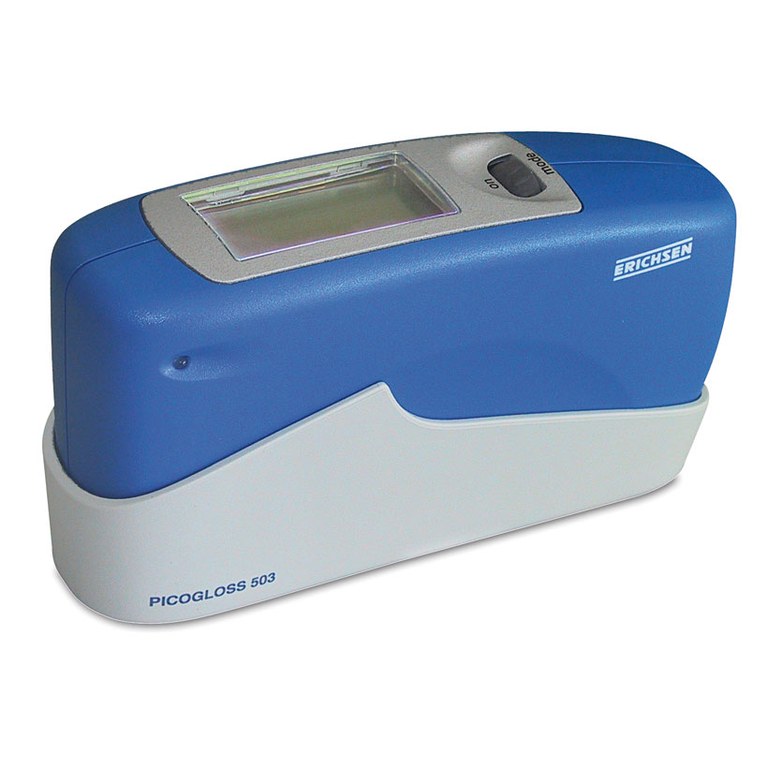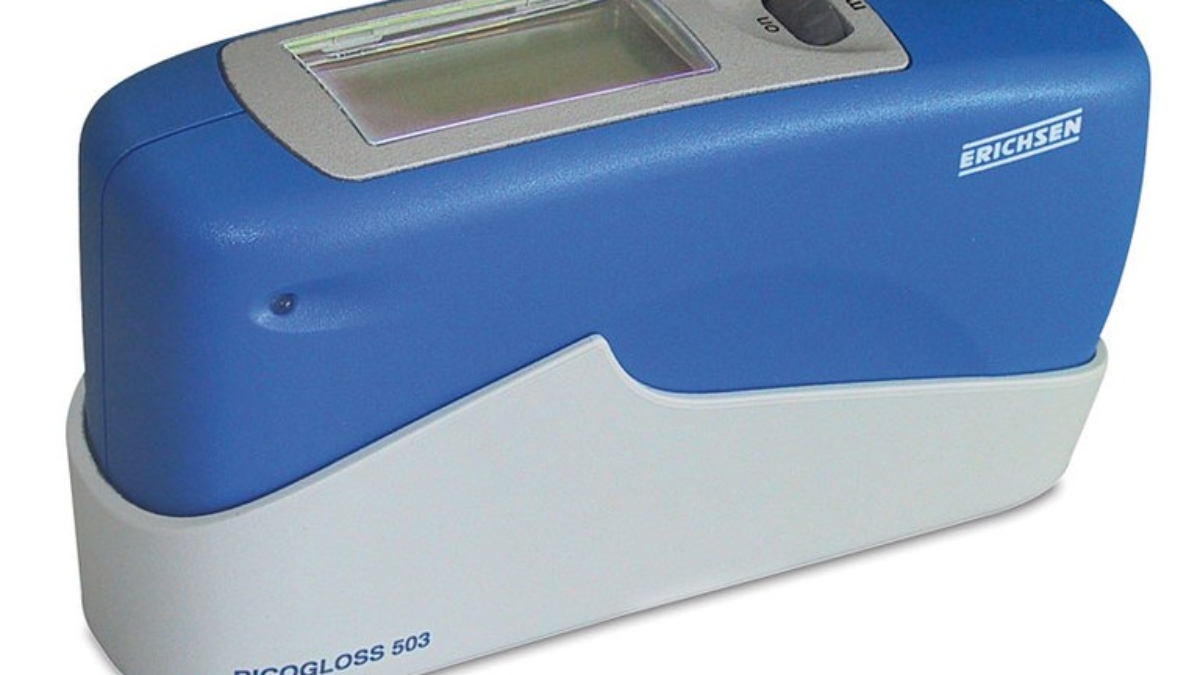Specular Gloss Testing As Per Standard ASTM D523, D2457
Achieving Perfection in Surface Finish: A Deep Dive into Specular Gloss Testing per ASTM D523 and D2457
Introduction
- In today’s competitive market, the appearance of a product can be as critical as its function. Whether it's the sleek sheen of a smartphone screen, the polished finish of a car's exterior, or the glossy packaging that catches a consumer's eye on the shelf, gloss plays a significant role in consumer perception and product quality. To measure this vital attribute, industries rely on Specular Gloss Testing, adhering to standards like ASTM D523 and ASTM D2457.

What is Specular Gloss?
Specular gloss refers to the reflectivity of a surface when light is directed at it at a specific angle. The light that reflects back at the same angle as the incident light, producing a clear and defined reflection, determines the gloss level of the surface. This is different from diffuse reflection, where light is scattered in many directions.
The gloss level of a surface can influence not only the aesthetic appeal of a product but also its perceived quality. High-gloss surfaces are often associated with luxury and cleanliness, while low-gloss or matte surfaces can reduce glare and create a more subdued look.
The Importance of ASTM Standards in Gloss Testing
To ensure consistency and comparability in gloss measurements, the industry follows standardized testing methods. ASTM D523 and ASTM D2457 are the primary standards used worldwide to measure specular gloss.
ASTM D523: This standard outlines the procedures for measuring the gloss of non-metallic surfaces, such as paint, plastics, and coatings. It specifies three angles of measurement—20°, 60°, and 85°—each suited to different gloss levels. The 20° angle is used for high-gloss surfaces, the 60° angle for medium gloss, and the 85° angle for low gloss or matte finishes.
ASTM D2457: This standard is specifically designed for plastic films and solid plastics. While it also uses the 20°, 60°, and 85° angles, ASTM D2457 provides more detailed guidance on handling the unique properties of plastic materials, which can impact gloss readings.
The Testing Process
Specular Gloss Testing is a precise process that requires careful preparation and accurate measurement. Here’s how it’s typically conducted:
- Surface Preparation: Before testing, the surface must be thoroughly cleaned to remove any contaminants that could affect the reflection of light. Dust, oils, or surface irregularities can distort the gloss readings.
- Selecting the Measurement Angle: Depending on the gloss level expected, the appropriate angle of incidence is chosen. High-gloss surfaces are measured at 20°, standard gloss at 60°, and low gloss or matte finishes at 85°.
- Using the Gloss Meter: The gloss meter, a device specifically designed to measure gloss, shines a beam of light onto the surface at the selected angle. The meter then detects the amount of light reflected back at the same angle and calculates the gloss level based on this reflection.
- Interpreting Results: The gloss level is expressed in gloss units, a measure of the reflectivity compared to a standard reference. These results are then compared to the required specifications or industry standards.
Why Specular Gloss Testing is Essential
Specular Gloss Testing is a crucial step in the quality control process for many industries, including automotive, electronics, packaging, and construction. Here’s why it matters:
Consistent Quality: Gloss testing ensures that all products in a batch meet the same standards of appearance, leading to a uniform and professional look.
Consumer Appeal: The right gloss level can make a product more attractive to consumers, influencing their buying decisions. For example, a high-gloss finish on a car may convey a sense of luxury, while a matte finish on packaging can suggest elegance and sophistication.
Regulatory Compliance: Many industries have specific gloss requirements that must be met to comply with regulations. ASTM D523 and D2457 provide the necessary guidelines to ensure compliance with these standards.
Product Development: Understanding how different materials and finishes interact with light allows manufacturers to design products that meet both functional and aesthetic goals.

Conclusion
- Specular Gloss Testing, as defined by ASTM D523 and D2457, is a fundamental part of product development and quality assurance. By accurately measuring and controlling the gloss level of surfaces, manufacturers can enhance the visual appeal and marketability of their products, ensuring they meet both industry standards and consumer expectations.

